I focus on faster pipeline movement without babysitting tech or teams. The fastest path is not another abstract definition - it is a concrete plan that shows how to integrate AI agents with a CRM, ship the first smart follow-ups, and trim wasted motion. My goal is simple: see where time goes, where money lands, and what to fix next. Get it live, then fine-tune the brain with guardrails.
How to integrate AI agents with CRM
I use a practical 30/60/90-day plan for quick wins and compounding value. The scope stays tight and the impact high, with a focus on sales speed, data accuracy, and support triage. Early stages run in shadow or approval mode to earn trust before autonomy.
30 days
- Enable AI-assisted lead routing based on ICP fit and intent signals
- Launch automated follow-ups for new leads and revived stalled deals
- Add support case triage with summaries and suggested next steps
- Start daily pipeline health summaries for managers
60 days
- Expand to meeting notes, task creation, and contact enrichment
- Add scoring for buying groups on each opportunity
- Roll out reply-intent detection and nudges for SDRs
- Add change alerts for at-risk renewals
90 days
- Train playbooks for complex motions like multi-product sales
- Introduce approval gates for high-risk updates
- Enable conversational analytics for revenue leaders
- Harden and load-test the flow
Before/after KPI snapshot (directional examples from anonymized pilots; results vary by context)
- Time to first touch: from 16 hours to under 2 hours within 30 days
- First reply rate on outbound: from 4% to 7-10% by day 45
- SQLs per rep per week: from 6 to 9-12 by day 60
- Support time to first response: from 5 hours to under 1 hour in 30 days
- Field completion rate on new contacts: from 45% to over 80% by day 60
A simple swimlane view
Current
- Lead enters CRM → SDR sees it later → manual research → manual email → no log
- Support ticket created → manual triage → wait for available agent → response
- Manager checks dashboards → exports data → manual notes
AI-augmented
- Lead enters CRM → AI agent enriches and scores → routes to owner → drafts follow-up → logs activity
- Support ticket created → AI agent classifies and summarizes → suggests reply or escalates → logs resolution steps
- Manager asks in plain text → AI agent answers with source links → flags risks and trends
Readiness essentials
- API access to the CRM with read and write scopes
- A sandbox or dev org that mirrors production configuration
- A data governance owner with decision rights on PII rules
- Clear OKRs for the first 90 days and a reversible rollout plan
I take safety concerns seriously. Early tasks are narrow with alerts and approvals; more autonomy arrives only after data proves quality and reliability.
AI agents in CRM
In this context, an AI agent reads context, plans a task, and acts through tools. Think of a smart teammate that uses CRM APIs, your knowledge base, calendars, and email - then decides the next best step within guardrails. It does not guess at random; it uses functions for precise actions and asks for help when unsure.
How it differs from rules-based automation
- Rules trigger on simple conditions: if field X, then send Y
- An agent considers full record history, activity, buyer stage, and intent, then chooses a next step
- It can read messages, summarize meaning, and adapt sequences in real time
On hallucinations and safety
- Retrieval reduces guesswork; the agent calls your knowledge sources for grounded answers
- Rate limits and timeouts stop runaway loops
- Human-in-the-loop steps let reps approve edits, emails, or escalations before anything reaches a customer
Accountability and ownership model
- Business owner sets goals and approves use cases
- Data owner defines fields, consent, and retention
- Engineering owner manages APIs, keys, and uptime
- Every action is logged with agent name, version, and tool used so audits are possible
CRM integration
Plumbing matters. Most modern CRMs expose similar basics, but the details drive reliability and guardrails.
Core objects and relationships
- Contacts and companies/accounts
- Deals/opportunities across one or more pipelines
- Activities such as emails, calls, meetings, and tasks
- Cases/tickets for support
Auth and limits
- Use OAuth for secure auth and scoped tokens
- Respect rate limits with backoff and retries
- Store secrets in a vault and rotate on a schedule
APIs, webhooks, and events
- REST or GraphQL to read and write records
- Webhooks or event streams to trigger real-time agent actions without polling
- A message bus for job queueing and retries
Integration patterns by platform (examples; equivalents exist)
- Salesforce: OAuth, Composite APIs, Platform Events; model buying groups on Opportunity and sync Campaign Member interactions; use Flow for approvals paired with agent callouts
- HubSpot: CRM v3 APIs with Associations to link contacts, companies, and deals; subscribe to Webhooks for changes; rotate keys via private apps
- Microsoft Dynamics: Dataverse Web API with Change Tracking; model buying committees via Connections or custom tables; use approval flows for human checkpoints
Middleware options
- An iPaaS can orchestrate steps and handle errors
- A lightweight service layer in Node or Python can route calls and maintain memory
Error handling
- Add retries with jitter and idempotency keys
- Quarantine records that fail validation
- Send alerts with plain-text explanations and links to the record
CRM workflow automation
I map workload to value and start where pain is sharp and data is clear.
Sales
- Prospecting: the agent enriches accounts, identifies buyers, and drafts intros; KPI lift: more meetings and higher reply intent
- Qualification: the agent scores fit using firmographic and engagement signals; KPI lift: higher SQL rate and less time on poor-fit leads
- Follow-ups: the agent summarizes calls and sends next steps; KPI lift: shorter time between touches and more opportunities created
Marketing
- Lead scoring: the agent updates scores from content engagement and events; KPI lift: cleaner handoff and better MQL→SQL conversion
- Content personalization: the agent adapts emails and page blocks by segment; KPI lift: higher click and reply rates
Support
- Case triage: the agent classifies tickets, suggests answers, and flags risk; KPI lift: lower time to first response and faster resolution
RevOps
- Data enrichment: the agent fills missing fields and normalizes values; KPI lift: better routing and cleaner analytics
- Dedupe: the agent merges duplicates with confidence checks; KPI lift: fewer split histories and cleaner reporting
Analytics
- Conversational insights: ask in plain text, get a chart or summary with links; KPI lift: leaders spend less time pulling data and more time acting
Why this beats plain automation
- It reads context, not just triggers
- It adapts to messy reality like free-text notes and mixed signals
- It reduces ops overhead because one agent can handle many branches without dozens of brittle rules
Choosing an AI agent framework
I pick frameworks that keep me fast today and flexible next quarter. Tech choices evolve, so I prefer modular components and typed tool interfaces.
Selection criteria
- Maturity and community: active releases and documentation
- Tool ecosystem: connectors and functions that reduce glue code
- Observability: logs, traces, and version control for prompts and tools
- Cost: fits usage patterns and model choices
- Extensibility: easy to add tools, memory, and policy layers
Suggested stack by budget (illustrative; alternatives can work)
Lean
- Model: a cost-efficient general model
- Orchestration: a planning library with graph-style control
- Store: a relational DB with vector extension for memory
- Scheduling: cron service and webhook triggers
- Monitoring: app logs and basic analytics
Balanced
- Model: a strong general model with steady latency
- Orchestration: multi-agent flows when needed
- Store: managed vector DB or pgvector
- Job runner: a durable queue or workflow engine
- Monitoring: distributed tracing with an APM
Enterprise
- Model: private-hosted or enterprise-governed
- Orchestration: a service layer with typed tools and strict policies
- Store: encrypted vector DB
- Job runner: workflow engine with retries and human checkpoints
- Monitoring: centralized metrics plus prompt versioning and replay
Mini matrix in words
- Need speed to first win: start with read-and-summarize tasks on a general model
- Need deep control and audits: use typed tools, a workflow engine, and private models
- Need multi-agent sales and support: use a graph-based planner with shared memory
Decision tree
- Do you need private data controls now?
- Yes: use a private model host and typed tools
- No: start with a reputable general model
- Do you need multi-agent planning?
- Yes: use a graph or crew approach
- No: keep a single agent with tool calls
- Do you need strong SLAs?
- Yes: add a workflow engine and circuit breakers
- No: use queues and webhook triggers
Security and compliance
Data care is non-negotiable. I treat an agent like a new teammate with restricted keys and clear rules.
Data handling
- Segment PII and sensitive fields; mark fields read-only or redact on the fly
- Apply field-level permissions based on role
- Mask logs and any training sets
- Maintain consent records and respect opt-outs
- Keep a full audit trail: who read what, when, and why
Compliance notes
- SOC 2 and ISO 27001: policy, access control, and change management
- GDPR and CCPA: lawful basis, data subject rights, and deletion flows
- Regional hosting for data residency when needed
Reliability controls
- Rate limiting with adaptive backoff
- Retries with idempotency keys
- Circuit breakers that stop risky sequences and alert an owner
- Red-teaming prompts to probe for unsafe behavior
- Approval workflows for writes that change deal stages, pricing, or contracts
Deployment hardening essentials
- Limit API scopes to required objects and fields
- Store secrets in a vault with short-lived tokens
- Allow-list outbound destinations
- Version prompts and tools with rollback
- Run in shadow mode for two weeks before full write access
- Auto-disable on repeated errors or suspicious patterns
Example DPA clauses in plain language
- The agent may access only approved data categories listed in an annex
- Vendor must delete transient data within a defined retention window
- All prompts and outputs are logged and available for audit
- No data is used to train public models
- Subprocessors are disclosed with notice and consent steps
ROI
Boards care about revenue, cost, and time saved. I keep the math simple and credible, and I validate impact with holdouts and tagged activities.
Core metrics
- Pipeline created and opportunity volume
- Sales-qualified opportunities and conversion rates
- Average contract value influenced
- Cycle time from first touch to SQL and from SQL to close
- Cost per SQL and cost per closed-won
- Rep time saved per week
Simple ROI formula
- ROI = Net gain / Total investment
- Net gain = Incremental gross profit from AI-assisted deals − Operating cost of the stack
Twelve-week measurement plan
- Weeks 1-2: baseline current metrics and set tracking
- Weeks 3-4: launch AI-assisted routing and follow-ups in shadow mode; measure reply intent and time to first touch
- Weeks 5-6: turn on write permissions for approved use cases; track SQL lift and rep time saved
- Weeks 7-8: add support triage and enrichment; track time to first response and data completeness
- Weeks 9-10: expand to buying-group scoring; track opportunity progression and stage conversion
- Weeks 11-12: compare cohorts and compute ROI with attribution notes
Mini case snapshot one (illustrative, anonymized)
- Context: SDR follow-ups in a mid-market CRM
- Baseline: first reply rate 4%, time to first touch 14 hours, SQLs per rep 6/week
- After eight weeks: first reply rate 9%, time to first touch 1 hour, SQLs per rep 11/week
- Notes: gains came from AI-drafted replies tied to context and resurfacing ghosted leads at the right moment
Mini case snapshot two (illustrative, anonymized)
- Context: support triage in an enterprise CRM
- Baseline: time to first response 6 hours, first-contact resolution 30%, CSAT 3.9
- After six weeks: time to first response 45 minutes, first-contact resolution 48%, CSAT 4.3
- Notes: the agent summarized tickets, suggested knowledge-base replies, and routed complex items to senior agents
Attribution tips
- Tag AI-assisted activities and outcomes
- Use holdout groups by team or region for clean comparisons
- Attribute influence when the agent touched two or more stages and moved the next step within a set window
- For broader context, I reference independent benchmarks from reputable analyst firms and public SaaS telemetry when available. See this Post by Todd Piken for a related perspective on buying groups and performance impact.
Future trends
Near term
- Native CRM agent ecosystems where agents are first-class citizens
- Real-time eventing that lets agents respond in seconds
- Safer private models that keep sensitive data in your cloud
- Better governance with policy-as-code and granular audits
2025-2030 outlook
- Multi-agent collaboration that mirrors teams (sales, renewal, support working together)
- Conversational analytics as a default interface for leaders
- Deeper buying-group models that tie intent, roles, and value; cleaner forecasts as a result
- On-prem and private models for regulated sectors without trading off speed
- AI governance moves from slideware to code with shared policy libraries
Five recommendations for B2B service companies
- Start small but visible: pick one painful workflow and prove value fast
- Treat data quality as part of the project: bad inputs kill smart outputs
- Keep humans in the loop where risk is high: use approvals and alerts
- Monitor outcomes, not just activity: tie agents to SQLs, ACV, and cycle time
- Build a change-log culture: version prompts, tools, and decisions so trust grows
A phased roadmap tied to risk and impact
- Phase one: read and summarize (meeting notes, ticket summaries, lead insights); very low risk with quick wins
- Phase two: suggest and draft (follow-ups, task creation, support responses); moderate risk with big time savings
- Phase three: act with approval (routing, score updates, stage changes); add approvals and strict logging
- Phase four: act with autonomy on low-risk tasks (auto-dedupe, enrichment, low-value replies); keep alerts and rollbacks
There is a clear, safe, and measurable way to integrate AI agents with a CRM. Start with the workflows that move revenue. Keep scope tight. Add intelligence where the signals are strong. Let the team focus on real conversations while the agent handles the clicks.

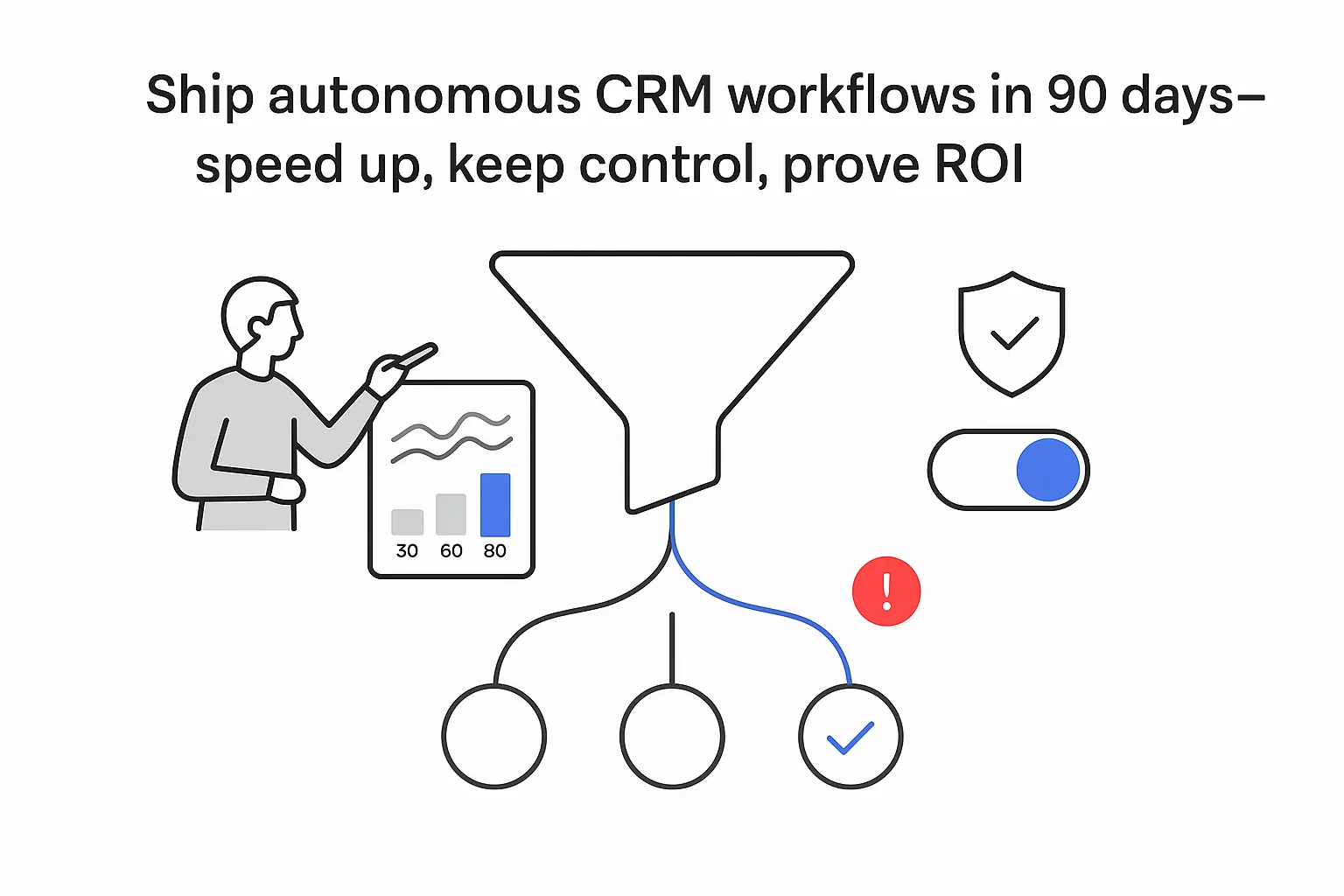

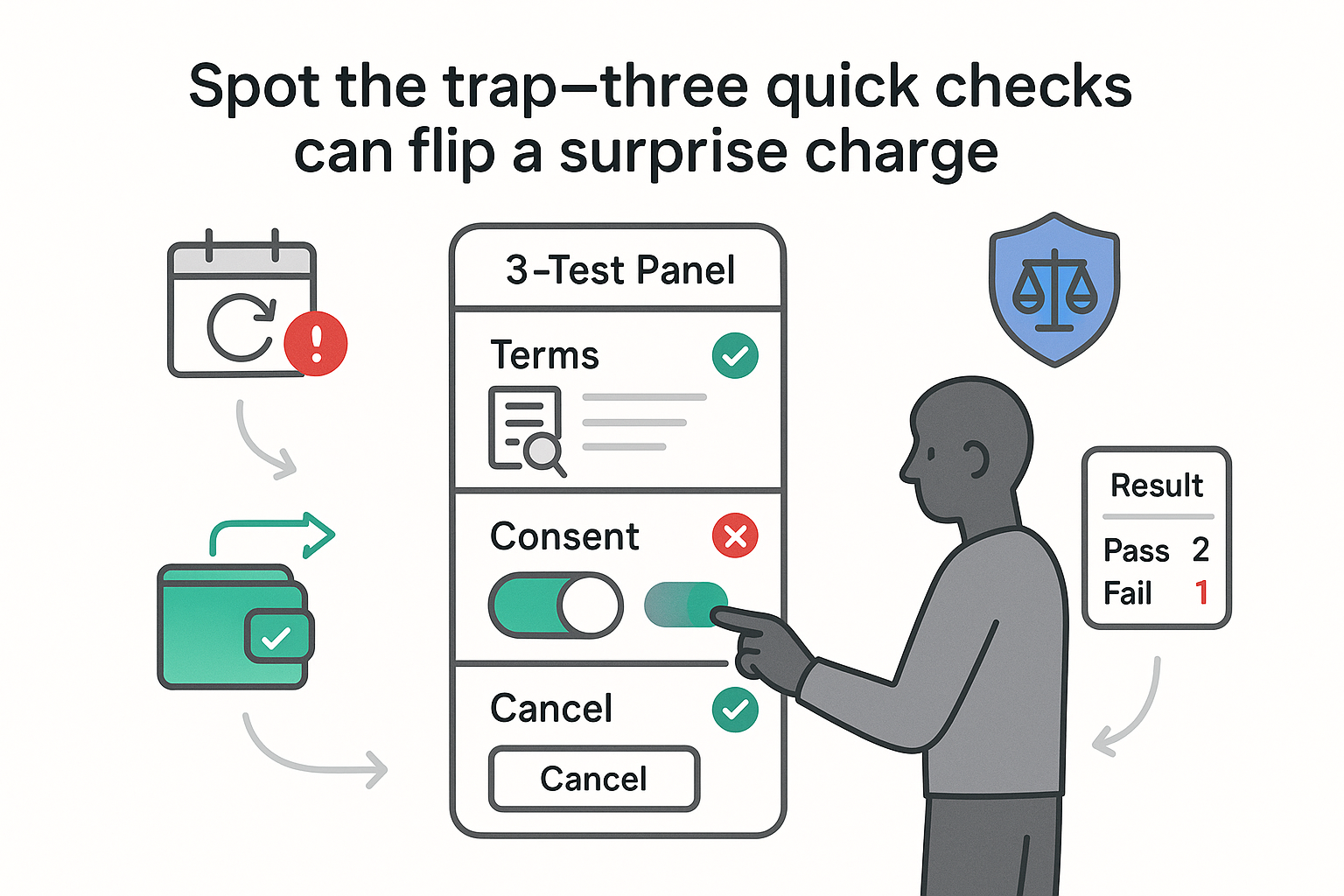
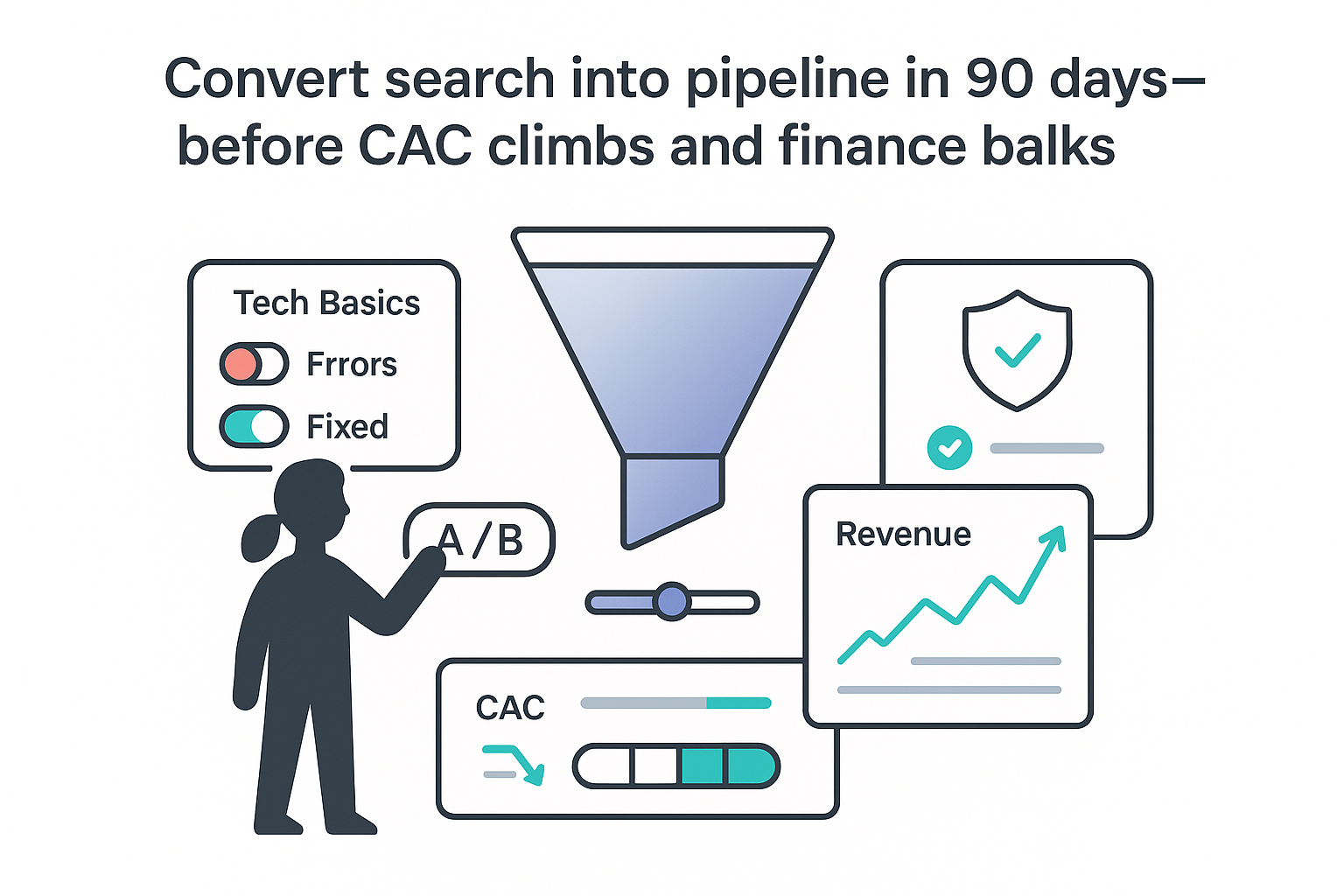
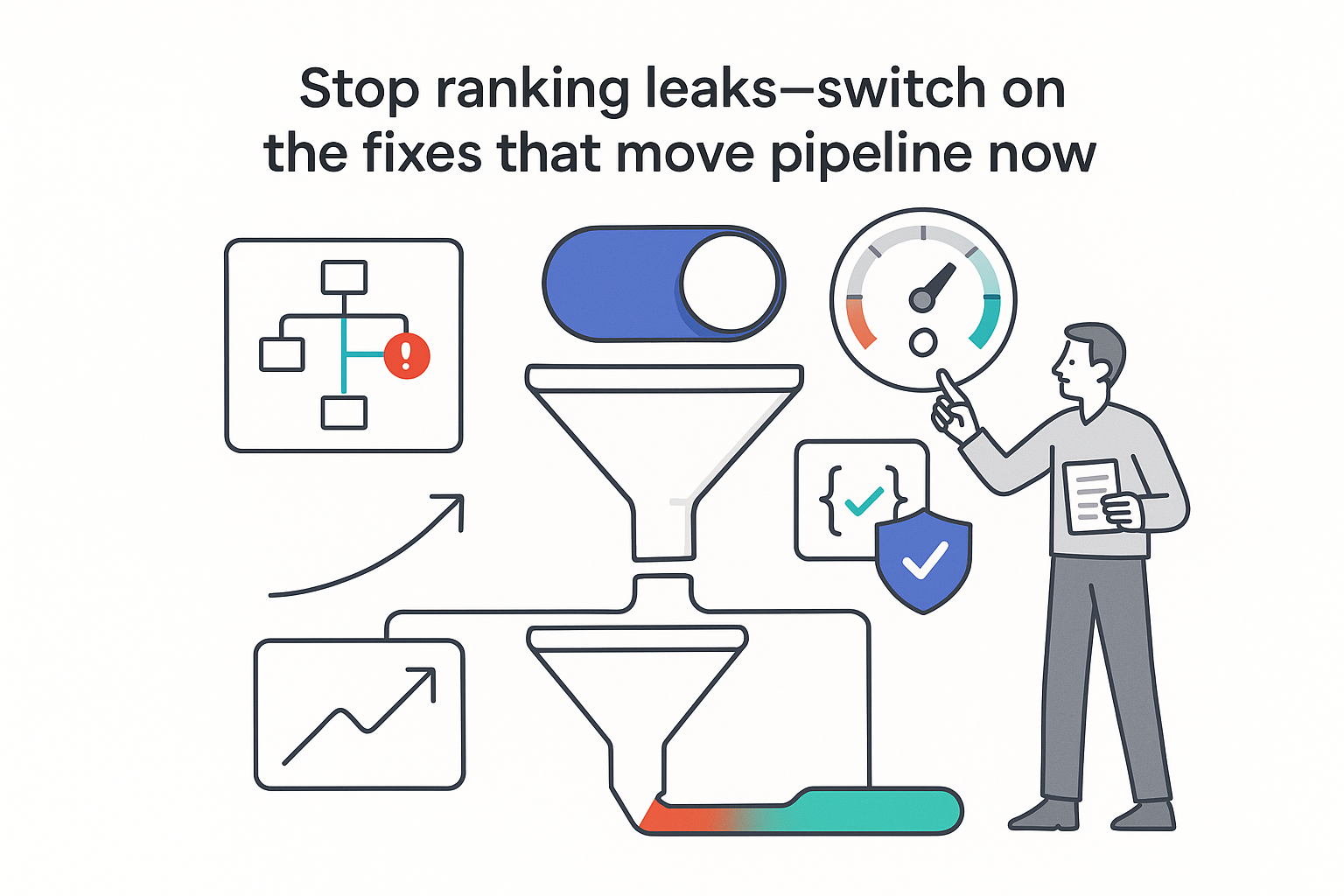
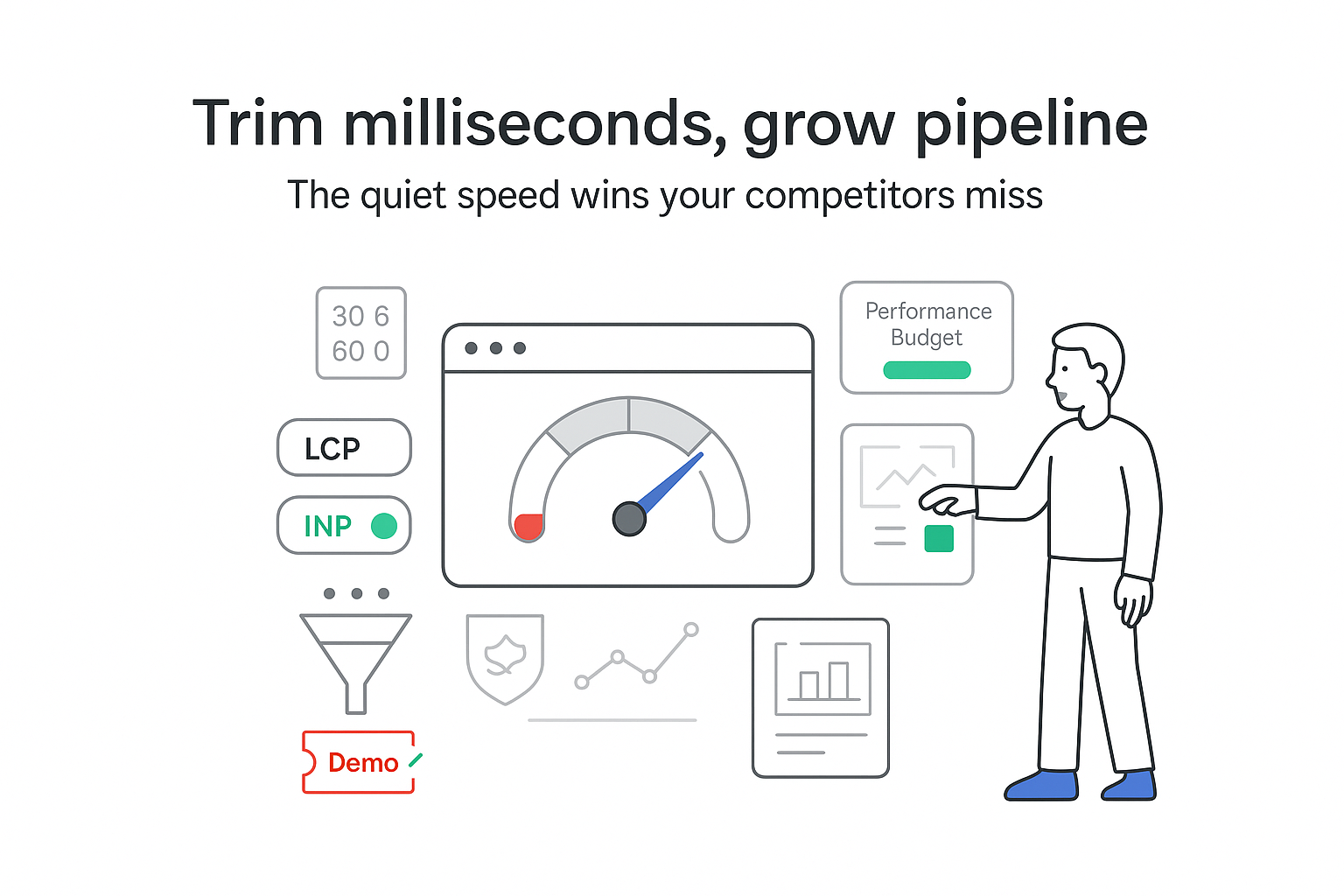
.svg)